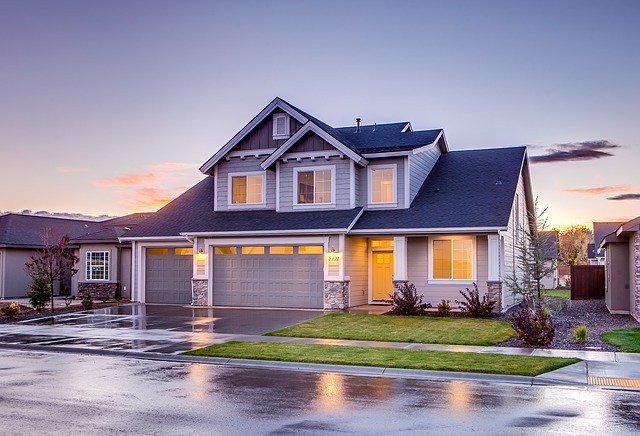In February this year, Mr. Gopalakrishnan Padmanabhan, the Managing Director of the Green Building Certification Institute, told Telangana Today that “India, which started its sustainability measures through commercial buildings, has seen consistency in growth in green adoption. Now the adoption is going beyond commercial buildings with sectors such as manufacturing, data centers, retail outlets, malls, metro stations and airports going green. IT campuses, SEZs, academic institutions have also started developing green buildings. Communities and cities are also going green.” Eco-friendly adoption is growing fast in India, with the country currently boasting in excess of 1,400 buildings that are LEED-compliant. Sustainability is also touted to be among the most prominent commercial property development trends, alongside technological advancements and on-demand office space – all of which India is ready to embrace with vigour and verve.
Sustainability set to gain traction in this year

India’s current portfolio of green buildings puts the country in fourth place after the US, Canada, and China in terms of sustainable implementations. During the year ahead, sustainable real estate is expected to gain significantly more traction as property developers, commercial contractors and architects all join forces to create impressive commercial properties that have a reduced impact on the environment. A notable increase in green building certifications is to be expected. During his address, Mr. Padmanabhan continued, “Those buildings which were not green at the design stage are going for retrofitting to go green across the asset classes. A lot of technologies are helping to track data that are helping towards the transformation of buildings to become sustainable.”
Technological advances are molding the commercial property market
Technologies such as the Internet of Things (IoT) and artificial intelligence are having a huge impact on commercial property designs. As indicated by Mr. Padmanabhan, these technologies are utilized in a number of areas, including data tracking, automated leasing procedures, decision making, and insight analysis. Technological advancements are also impacting the design phase of commercial properties, with everyone from architects to interior designers making increased use of hi-tech design programs – more so than the drawing boards and scale models of the past.
Co-working office spaces are a hot commodity
Co-working spaces are in huge demand in India and are becoming extremely popular among medium and large-sized businesses, thanks to their affordable infrastructure and business prospects. The increased demand seems to be relative to India becoming the third-largest startup hub and second-biggest freelancing hub in the world. At present, as much as 46% of the country’s workforce is made up of Millenials who are seeking tech-smart office space. As they are typically eager to embrace collaborative opportunities, the need for co-working spaces increases substantially. As more workers start to embrace remote employment that offers more flexibility, the demand for unconventional office spaces will continue to increase.
Every year new trends in commercial property development will surface. It is, however, only those that make the most impact – such as sustainability – that has enough staying power to change the sector in the long term.



